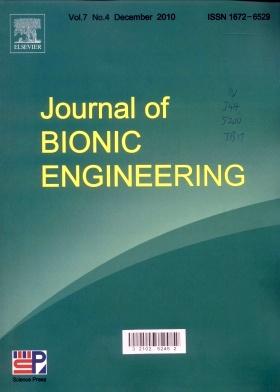A Review of Fall Coping Strategies for Humanoid Robots
Abstract
Humanoid robots exhibit structures and movements akin to those of humans, enabling them to assist or substitute for humans in various operations without necessitating alterations to their typical environment and tools. Sustaining balance amidst disturbances constitutes a fundamental capability for humanoid robots. Consequently, adopting efficacious strategies to manage instability and mitigate injuries resulting from falls assumes paramount importance in advancing the widespread adoption of humanoid robotics. This paper presents a comprehensive overview of the ongoing development of strategies for coping with falls in humanoid robots. It systematically reviews and discusses three critical facets: fall state detection, preventive actions against falls, and post-fall protection measures. The paper undertakes a thorough classification of existing coping methodologies across different stages of falls, analyzes the merits and drawbacks of each approach, and outlines the evolving trajectory of solutions for addressing fall-related challenges across distinct stages. Finally, the paper provides a succinct summary and future prospects for the current fall coping strategies tailored for humanoid robots.

 求助内容:
求助内容: 应助结果提醒方式:
应助结果提醒方式:


